Do you remember the 1971 fictional story, The Jackal, written by Frederick Forsyth? It was about an assassination attempt on General Charles de Gaulle and based on the actual 1962 unsuccessful attempt on the general’s life. Today’s story takes place less than twenty years earlier during World War II however, this time, the assassination targets were the Allied leaders, commonly known as the “Big Three.”
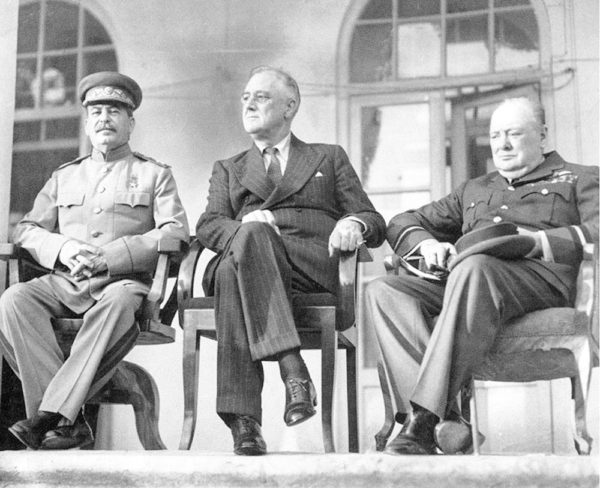
Did You Know?
Did you know that twenty-two percent of Millennials surveyed several years ago knew nothing about the Holocaust and an amazing sixty-six percent of them had never heard of Auschwitz? Frankly, I find those statistics to be unbelievable and clearly, it is a sad commentary on our education system. I’m the first one to stand up for teaching more of the three R’s (reading, writing, and arithmetic). However, I cannot comprehend that we ignore teaching our children about the Nazis and the twelve years of their systematic murder of eleven million people. Aren’t there some very important basic and fundamental lessons here to be learned?
We will very shortly reach the time when the last World War II participant dies. This is true of Nazi concentration camp and extermination camp survivors. When these people are gone, who will tell their stories to future generations? Allied troops demanded General Eisenhower tour the liberated Buchenwald Ohrdruf concentration camp (the first camp liberated by the Americans). Eisenhower was so appalled that he ordered photographers to come in and document the atrocities. The general later said that one of the reasons he ordered photographic documentation was to prevent future generations from being able to deny the Nazis’ crimes.
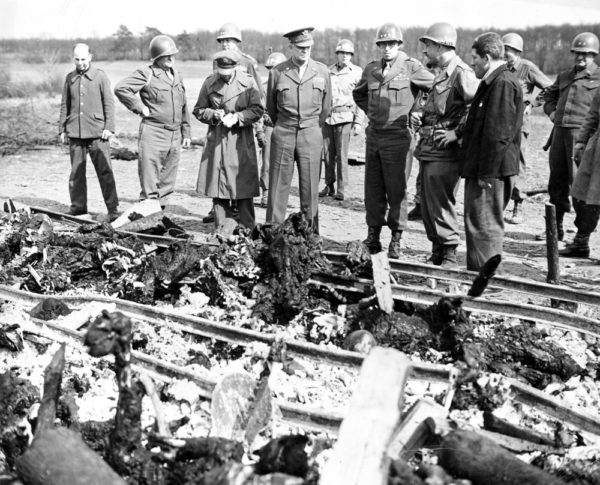
When Sandy and I toured the former Nazi rally grounds at Nuremburg, we had the opportunity to visit the nearby museum. There were no attempts to whitewash what the Germans and the Nazis did during the twelve years of the Third Reich. The museum was organized in such a way as to take you through the journey of how and why these events evolved. The museum is considered so important that after a young man or woman enters the German military, they are immediately required by law to take a tour of this museum.
Thirty-years ago, Jack was a client of mine and he was a brilliant businessman who lost some of his family during the Holocaust. One day on the way out to see his new manufacturing facility, we had a discussion about the Holocaust. At some point, I mentioned it was so horrific that it could never happen again. Jack slammed on the brakes and once he pulled the car over to the side of the road, he turned to me and sternly said, “Stew, don’t you ever think something like this couldn’t happen again. It can and it will should the right circumstances and people present themselves. We must study how and why this happened because that is the only way we have any hope of preventing it again.”
The creation of Holocaust museums and memorials were driven primarily by Holocaust survivors. Education programs have relied on first-hand stories from these survivors. When these people are gone, who will step up and ensure no one ever forgets?
Forgive but never forget.
The Tehran Conference
The Tehran Conference was the first of the major meetings involving the “Big Three” (United States, Britain, and the Soviet Union). Roosevelt, Churchill, and Stalin met in the Soviet Embassy in Tehran between 28 November and 1 December 1943. Despite different agendas, the primary outcome was agreement that a second front would be established against the Nazis in May 1944. This was a “win” for Stalin who had been pushing for this since the Nazis had invaded the Soviet Union in mid-1941. The second front would divert German troops away from the east. One of the overriding factors of the conference was the security of the three Allied leaders. The night before the meetings began, Stalin’s right-hand man, Vyacheslov Molotov, informed British and American representatives that an assassination plot against the Big Three leaders had been uncovered. A Soviet agent, Nikolai Kuznetzov (1911-1944), working undercover while posing as a Wehrmacht officer had been tipped off by a German officer who had had a little too much to drink. Click here to watch the video The Big Three in Teheran (1943).
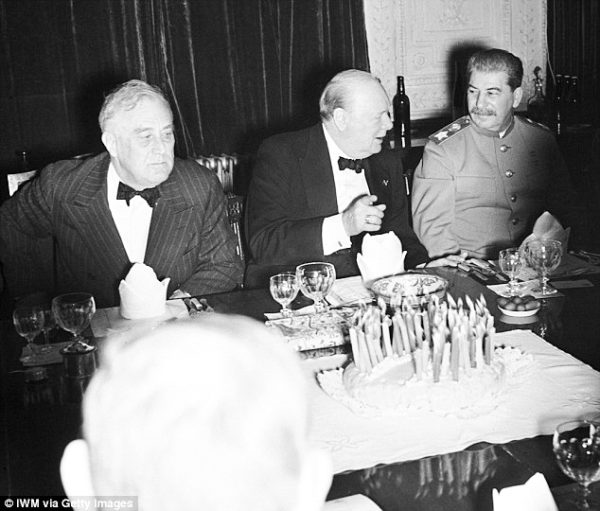
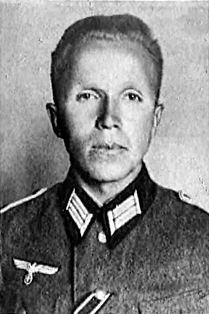
Gevork Vartanian
Gevork Vartanian (1924-2012) was born in the Soviet Union to Armenian parents. His father was a Soviet agent and assigned to Tehran, Persia (Iran) where he worked undercover for twenty-three years. At the age of sixteen, Gevork entered into his father’s profession and became an agent in the NKVD USSR (People’s Commissariat for Internal Affairs), the forerunner to the Soviet KGB. His codename was “Anri” and his mission was to root out British and German spies. While in Tehran, Gevork met his future wife and spy partner, Goar Levonovan Vartanian (1926-2019). The Russian government revealed in 2000 that Gevork and seventeen-year-old Goar were responsible for thwarting a Nazi attempt to assassinate the Big Three leaders at Tehran.
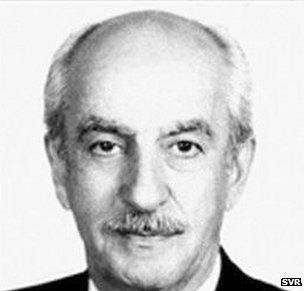
Between 1940 and 1941, Gevork joined a British intelligence school located in Tehran, befriended many of the future English spies, and then obtained information on those who were sent into the Soviet Union. All of his school mates were captured and likely executed by the Soviets. By that time, Gevork headed a team of seven Soviet intelligence agents, including Goar ⏤ codename “Anita.” Over time, he and his team uncovered approximately four hundred Nazi agents, all of whom were eventually arrested by the Soviets and probably suffered the same fate as Gevork’s former friends.
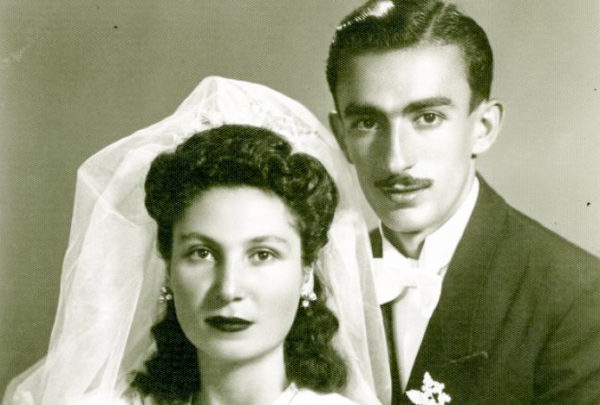
Gevork retired in 1992, six years after his wife retired, and was awarded the “Hero of the Soviet Union” medal. However, Gevork continued training young Russian agents. It comes as no surprise that former Soviet KGB agent and current president of Russia, Vladimir Putin, knew Gevork and Goar very well and considered them personal friends. Click here to watch the video Russia Buries Spy With Full Honors.
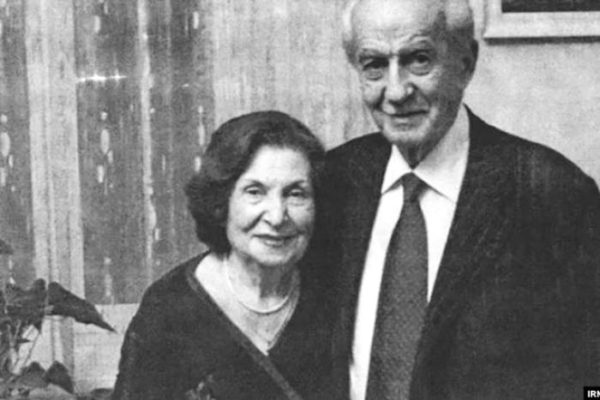
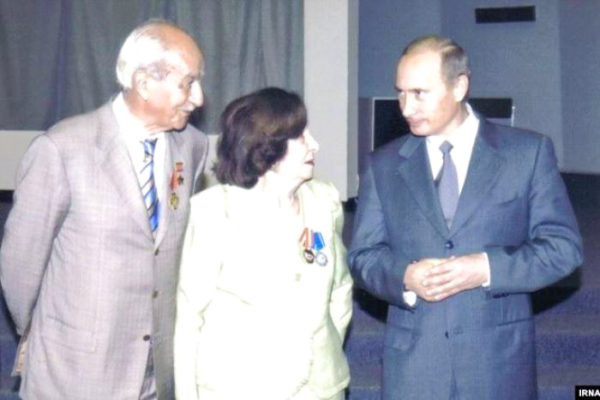
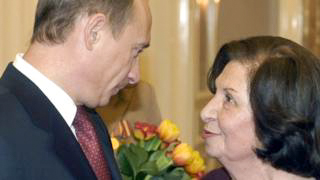
Operation Long Jump
Nazi intelligence uncovered the Tehran meeting, dates, and location by decoding U.S. Naval codes. This information was passed on to Hitler who approved a plan (Unternehmen Weitsprung or, Operation Long Jump) for the assassination of Roosevelt, Churchill, and Stalin. This project was given to SS-Obergruppenführer Ernst Kaltenbrunner, head of the Reich Main Security Office (RSHA). Reporting directly to Heinrich Himmler, Kaltenbrunner assigned the operation to one of Hitler’s favorite soldiers, Otto Skorzeny (1909-1975). Skorzeny was a SS commando responsible for many of the Nazis’ daring missions including Operation Oak (the rescue of Mussolini; click here to read Women of the Italian Resistance), Operation Knights Leap (unsuccessful attempt to assassinate Tito), and Operation Werwolf (click here to read the blog Nazi Werwolves).
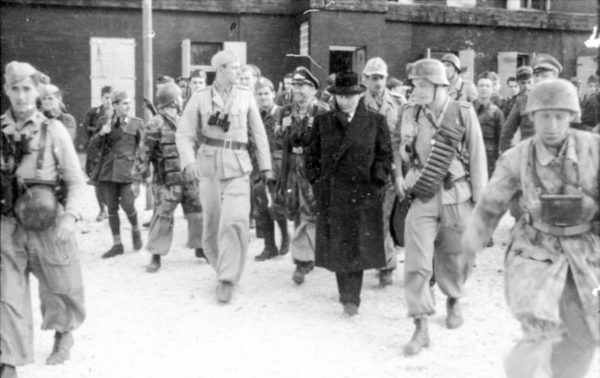
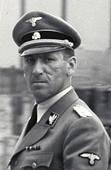
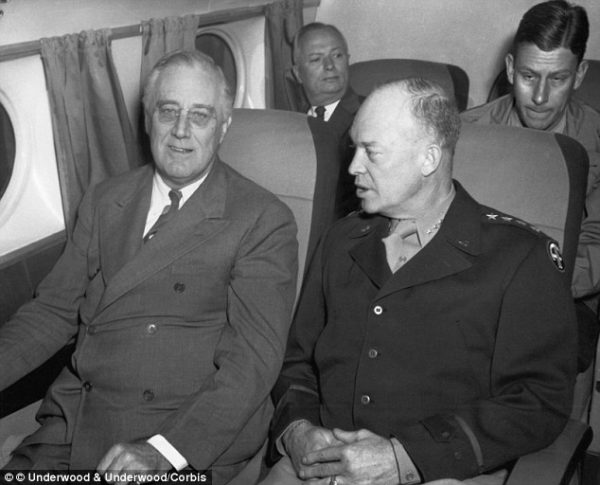
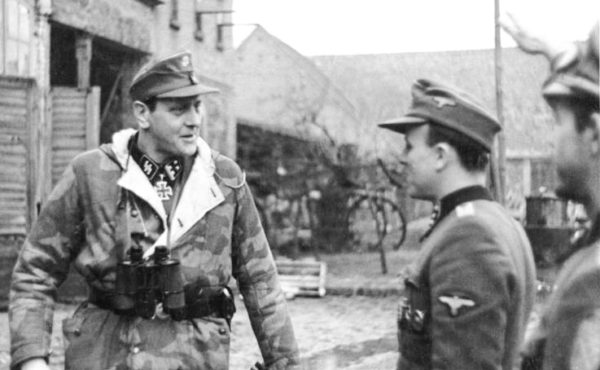
An advance party of six German radio operators was dropped into Persia about thirty-seven miles from Tehran. Gevork’s team followed them into Tehran where they found a safe house. Radio messages were transmitted back to Berlin with intelligence reports including details of the operation such as the parachute drop date and arrival time of the second group headed by Skorenzy. What the Germans didn’t know was that their operation had been revealed to Kuznetzov and the radio communications were being intercepted by Gevork. Additionally, Skorzeny had made an earlier reconnaissance mission to Tehran and Gevork had tailed him knowing the exact reason for the visit.
Before Skorenzy’s assassin group could be dropped into Persia, the Soviets arrested the six radio operators. Under the “supervision” of the Soviets, the operators were “given” the opportunity to contact Berlin and report the mission had been compromised. Berlin immediately cancelled Operation Long Jump.
So, through the efforts of Grevork and his team, the Allied leaders survived the Tehran Conference. Or was this whole story a fabrication of the Soviets? Skorzeny specifically mentions in his memoirs that the operation never existed.
Real of Fictional?
At the time, both British and American delegations thought the plot was fictitious since the only information came from Soviet sources without confirmation from third party intelligence. Western military intelligence called the operation, “complete baloney.”
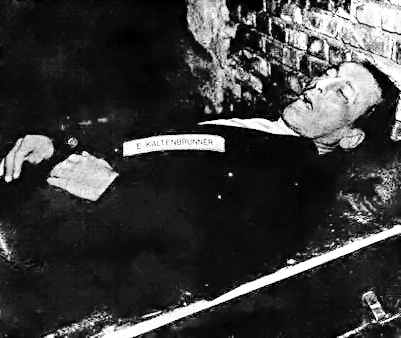
Many of the modern-day skeptics have argued that the operation was a myth. However, as you listen to each argument, it is easy to pick them apart. As an example, one argument uses the premise that the German espionage network in Tehran had largely been destroyed by mid-1943. True ⏤ as we discussed, Grevork had a lot to do with that. However, Operation Long Jump did not rely on existing German agents or networks. It was an independent operation with its own set of agents and was not reliant on ground support.
The fact that Skorzeny does not acknowledge the operation is not surprising. It was called off and never took place. If he wasn’t going to get any credit, it must have been someone’s imagination.
Perhaps Operation Long Jump is a conspiracy theory?
★ Learn More About Operation Long Jump ★
Eubank, Keith. Summit at Tehran: The Untold Story. New York: William Morris & Co., 1985.
Havas, Laslo. Hitler’s Plot to Kill the Big Three. Spokane: Crowes, 1967.
Yenne, Bill. Operation Long Jump: Stalin, Roosevelt, Churchill, and the Greatest Assassination Plot in History. Washington D.C.: Regnery History, 2015.
I’m not too sure I would bill Operation Long Jump as the “greatest assassination plot in history.” I can think of a couple that might be a better fit for that honor.
What’s New With Sandy and Stew?
Some of you may remember reading my blog, Children of the Damned (click here to read). The blog talked about the children of high-ranking Nazis and their attempts to reconcile what their fathers had done during World War II. One of the people highlighted was Niklas Frank, son of Hans Frank. Niklas formed a friendship with Horst Wächter, the son of Otto Wächter, the Nazi governor of Krakow and a war criminal indicted for mass murder. He died in 1949 after being hidden by the Vatican but before he could escape to South America through one of the “Ratlines.” (Click here to read Odessa: Myth or Truth?)
After you reacquaint yourself with the prior blogs, you might want to read this article on Horst Wächter and his stance on his Nazi father. Despite their friendship, Horst and Niklas each have a very different perspective on their respective fathers’ careers. Click here to read the Guardian article.
Thank you to all of you who subscribe to our bi-weekly blogs. It seems there isn’t a day that goes by where we don’t increase our readership. Please let your history buff friends and family members know about our blogs.
Someone Is Commenting On Our Blogs
It was good to hear from Richard N. again. Thank you, Richard, for your kind comments (again) about our blogs. Sandy and I were planning to visit Paris in September but unfortunately, it does not appear as though we will be going. We were looking forward to meeting Richard and some of his friends in Paris. He is involved with the Paris branch of The Royal British Legion as well as The Libre Resistance SOE Section F. I was humbled and honored to be invited to speak to the Legion members at the British Embassy in Paris. I hope to take Richard up on his invitation once things settle down around the world.
If there is a topic you’d like to see a blog written about, please don’t hesitate to contact me. I love hearing from you so keep those comments coming.
Why Would You Want To Buy Our “Walks Through History” Books?
Simple.
You like to travel and experience history and historical events. You like to see original buildings that had a significant impact on the people and events of the history you’re engaged with. You want to know the stories behind the brick and mortar in front of you.
The walking tour books are meticulously researched so you can go directly to those sites and learn about the building’s history as well as an introduction to some of the more interesting people associated with it.
We Need Your Help
Please tell your friends about our blog site and encourage them to visit and subscribe. Sandy and I are trying to increase our audience and we need your help through your friends and social media followers.
Thank You
Sandy and I appreciate you visiting with us. We have some exciting things on the horizon and we’ll keep you updated as we go along.
Share This:
Follow Stew:
Find Stew’s books on Amazon and iBooks.
Please note that we do not and will not take compensation from individuals or companies mentioned or promoted in the blogs.
 Walks Through History
Walks Through History
Copyright ©2020 Stew Ross

